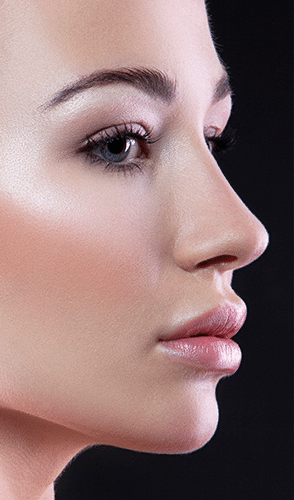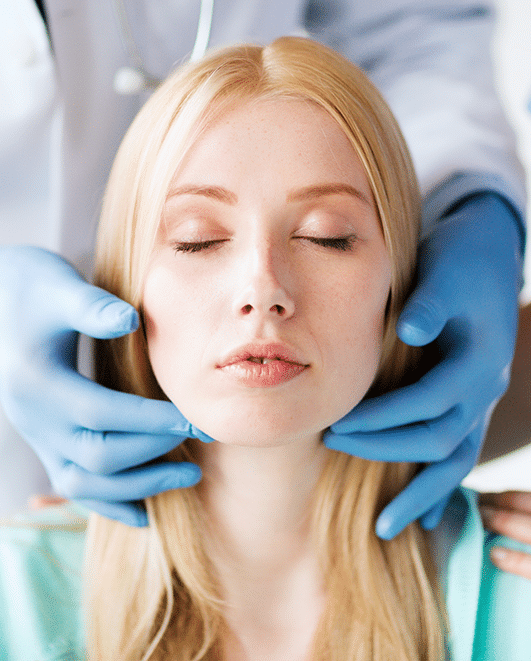
Having a big, long, or prominent nose is a challenging problem not just for you, but also for many people of different age groups. Yet, as you’re going to see next, the solution is so simple! Let’s introduce you to rhinoplasty! Rhinoplasty, also called nose job or nose reshaping, is a surgical procedure that reshapes the nose by altering the bone and cartilage. This alone can enhance facial harmony and put an end to the struggle of many people who have big noses. In 2019, over 157,000 women and over 50,000 men underwent rhinoplasty in the United States. This makes rhinoplasty the most common cosmetic surgery for males. Nevertheless, rhinoplasty divides into different types, including nose reduction and nose augmentation. Depending on your needs, your surgeon will pick the type that fits your needs perfectly.



We provide you with free consultations by a specialized team


Your surgeon will provide you with general anesthesia to put you to sleep throughout the surgery.
Then, your surgeon will make a tiny incision inside your nostrils or through the base of your nose.
The surgeon will remove some bone and cartilage to reshape your nose. If more cartilage is required, they can take cartilage from inside your nose, your ear, or other areas of your body.
Finally, your surgeon closes the wound with stitches after covering the cartilage with skin and tissue. In addition, they will place a splint over your nose to keep it steady. You can remove the splint after a week.


Contact Information
Get a free consultation and answers to all your questions by completing the form below
Get a free consultation and answers to all your questions by completing the form below